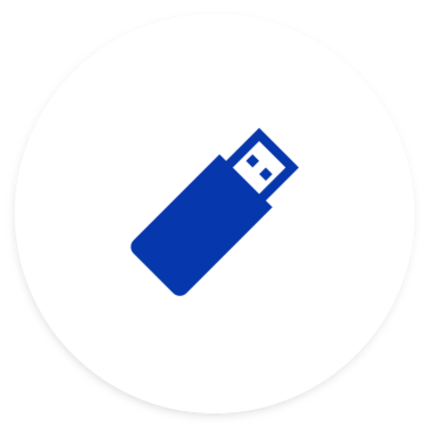Feature Graph
An AUTOSAR Feature is a characteristic of the AUTOSAR Standard to satisfy a user objective. Since AUTOSAR offers many features, these are structured as a graph so that their dependencies on each other can be visualized. The following dependency relationships exist:
- Mandatory dependencies, i.e. one feature cannot function without the other.
- Optional dependencies, i.e. you can select a feature but also leave it out
- Alternative dependencies, i.e. you must or can select one of the possible features but not multiple features at the same time
To emphasize the possibilities of the AUTOSAR standard, the graph has been presented as a tree structure so that a user can navigate from an abstract view to a more detailed representation. The top level of this tree representation can be found in the following chapters. A complete view of the tree structure is also linked here. For the documentation of all features with the respective descriptions, dependencies and their identifiers, the AUTOSAR document linked here is available with release R24-11.
Upcoming Benefits
AUTOSAR plans to also describe the relationship between features, the respective requirements and SWS-Items in the standard. On the one hand, this clearly defines terms for corresponding sub-areas of the standard, and on the other hand, consistent subsets of SWS-Items can be selected, which are for instance suitable for product specification
Features (Level 1)
Basic Functionality
The Basic Functionality represents the essential services and capabilities as a foundation for developing and operating automotive software applications. Furthermore, initialization and shutdown at runtime (e.g., ara::core::Initialize() and ::Deinitialize() ).
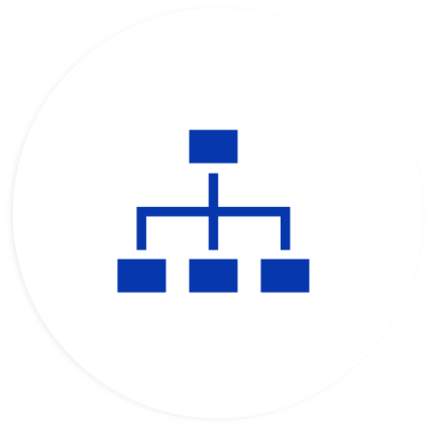
Communication
This Feature describes mechanisms and protocols that enable data exchange between different software components, Electronic Control Units (ECUs), and external systems within an automotive environment.


Development
This Feature facilitates and enhances the software development process for automotive systems.
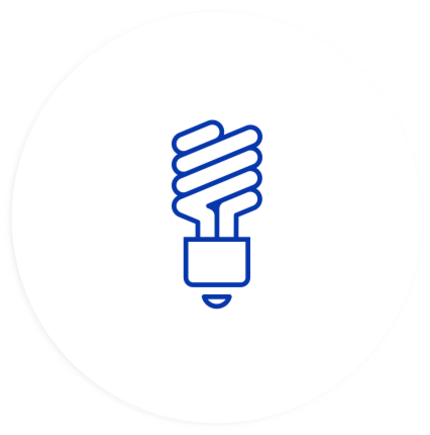
Diagnostic
This Feature ensures:
A consistent representation of diagnostic information.
Efficient maintenance and troubleshooting.
Compliance with regulatory and legislative requirements.



Execution Environment
The Execution Environment describes the underlying infrastructure and support mechanisms that enable the execution of automotive software components on Electronic Control Units (ECUs).
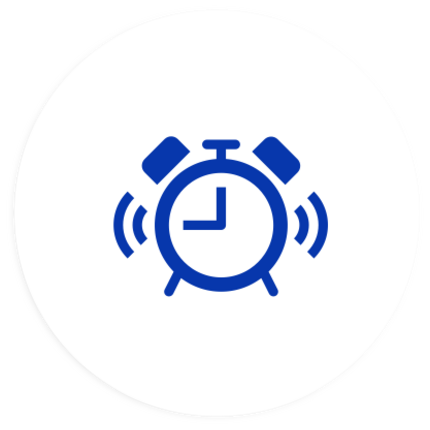

Hardware Support IO
The Hardware Support IO (Input Output) in AUTOSAR refers to the Feature that facilitates interaction between the software applications and the vehicle’s hardware components.
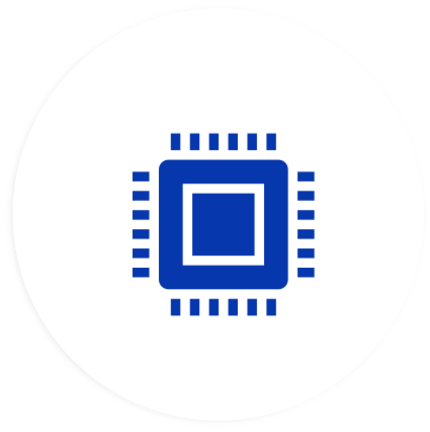
Platform Update
The Platform Update in AUTOSAR ensures that vehicle software remains up-to-date and functional through a managed process of updates
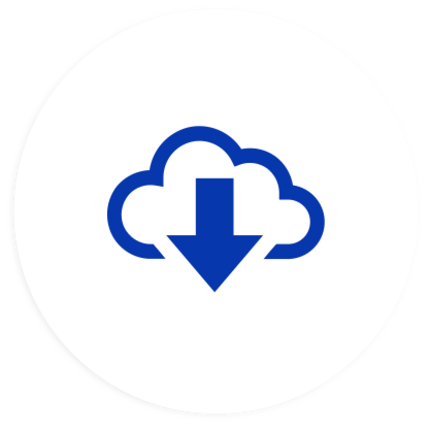
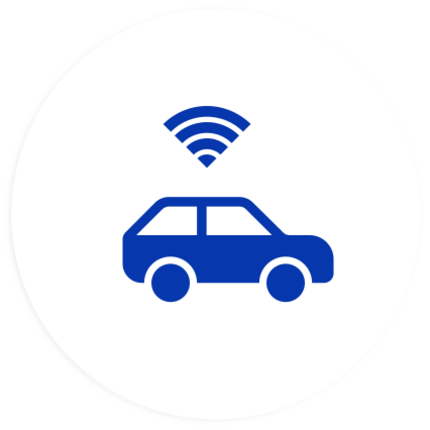
Safety
Safety according to ISO26262. The underlying structure follows annex D of ISO26262-6:2018 to guarantee functional safety.
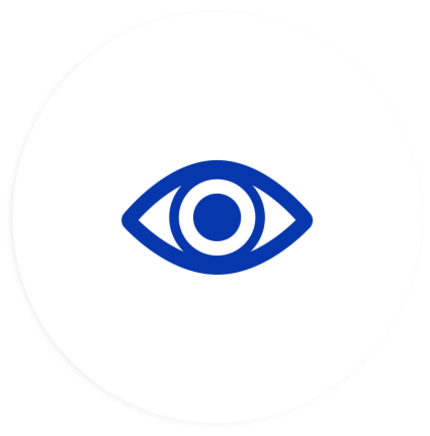
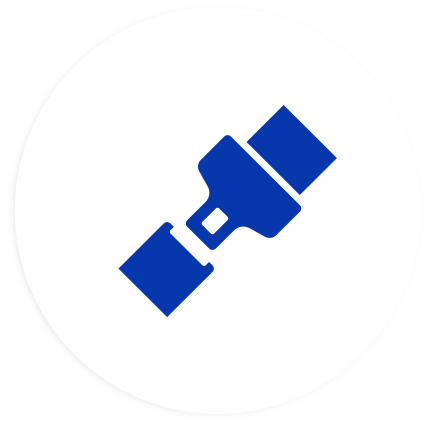
Security
The Security Feature encompasses various mechanisms and protocols designed to protect the ECU’s sensible resources (e.g. cryptographic keys), the vehicle’s network and its communication from unauthorized access.
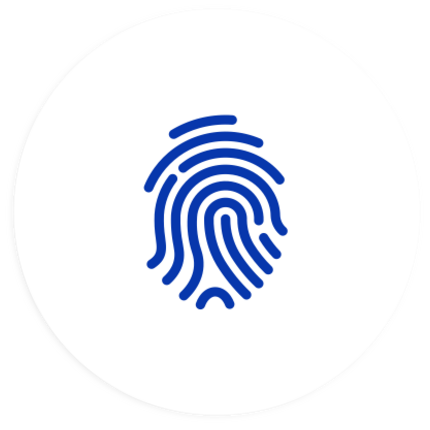

Standardized Application Interface
This Feature contains definitions for commonly agreed interface definitions to ensure interoperability between applications.

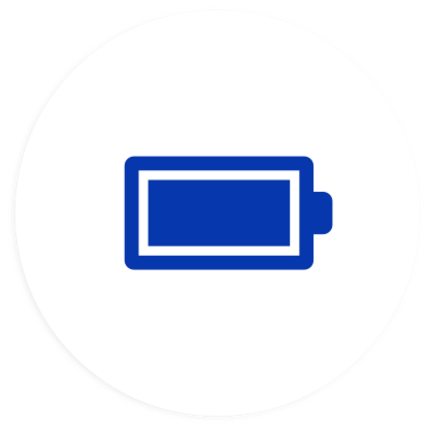

Storage
Safe local storage for applications.
